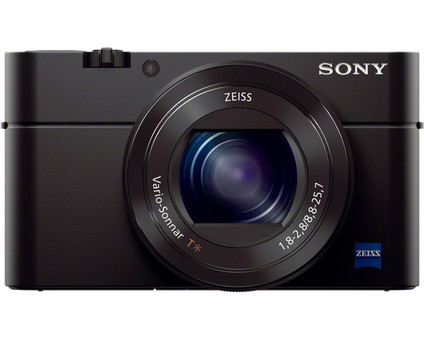
Compare the Sony ZV-1 to the Sony DSC-RX100 III
Compare the Sony ZV-1 to the Sony DSC-RX100 III
Comparison Sony ZV-1 and RX100 III
| Sony ZV-1 | Sony DSC-RX100 III | |
|---|---|---|
| Sensor | 1-inch Exmor RS | 1-inch Exmor R |
| Optical zoom | 2.7x | 2.9x |
| Aperture | f/1.8-2.8 | f/1.8-2.8 |
| Video resolution | 4K, 30 fps | Full HD, 60 fps |
| Eye AF | Yes | Yes |
| Tiltable screen | Horizontal | Vertical |
| External microphone jack | Yes | No |
| Touchscreen | Yes | No |
Autofocus

Sony ZV-1: Product Showcase Setting
The Sony ZV-1 has a very fast and accurate focus system. This system automatically focuses on moving objects and has eye recognition, so you're in focus as a vlogger. In addition, the vlog camera has a Product Showcase Setting, in which the camera automatically focuses on a product you're focusing on. It then blurs the background. You can use this for vlogs about make-up or an unboxing video. Thanks to the smooth transition of the focus, your images are smooth.
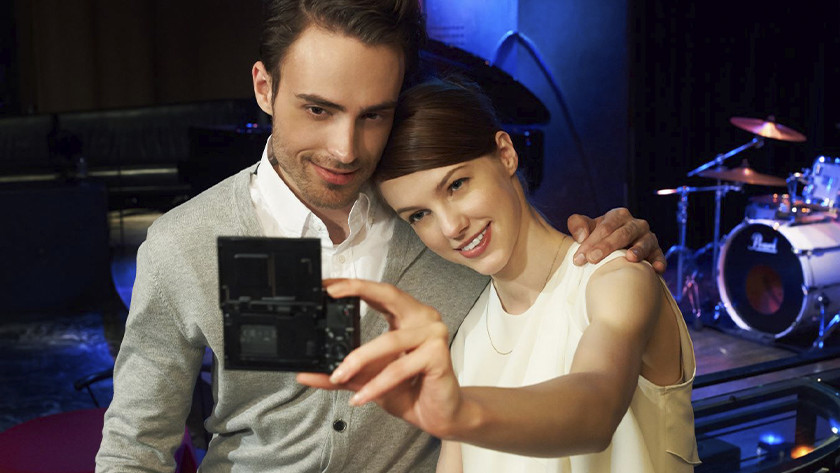
Sony DSC-RX100 III: eye autofocus
The Sony DSC-RX100 III also has an accurate focus system which automatically focuses on moving objects. The eye autofocus recognizes your eyes during recording, so you're always in focus. That's useful for recording vlogs. This camera doesn't have the Product Showcase Setting. When you're showing a product in your video, the camera keeps recognizing your face when you're in the picture. The focus point is then on your face.
User-friendliness
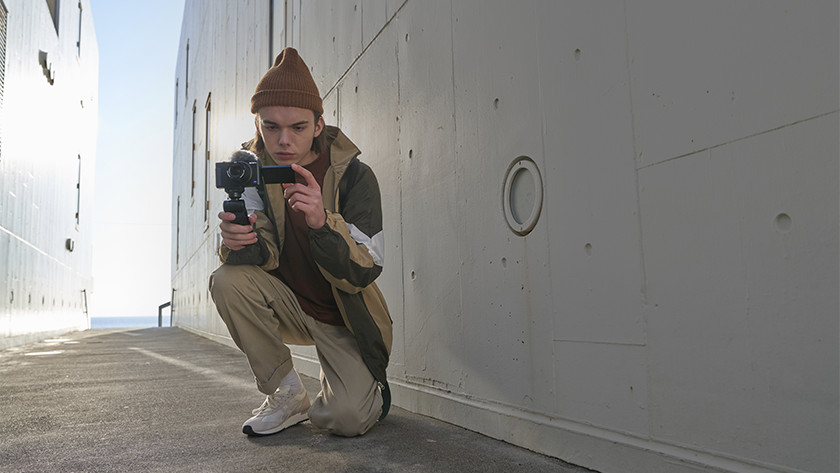
Sony ZV-1: tiltable screen with touchscreen
With the 180-degree tiltable screen, you can easily record vlogs. The screen folds open horizontally. This way, the screen isn't in the way when you want to place an external microphone. You can adjust the settings of the camera via the touchscreen. You can also choose a focus point by tapping on the screen. The camera comes with a windshield to protect the microphone from the wind. That's useful when you regularly record videos outside.
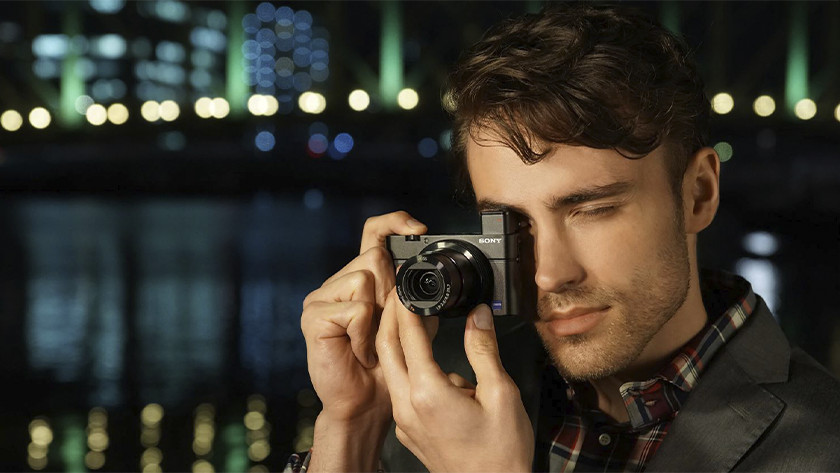
Sony DSC-RX100 III: tiltable screen
Just like the Sony ZV-1, the RX100 III has a tiltable screen to record vlogs and selfies. Because the screen isn't vertically tiltable, it's in the way when you place an external microphone on the camera. The screen doesn't have a touchscreen to adjust the settings of your camera. You can do this with the buttons on the back of the camera. You can assign a frequently used function to the C button. You can choose from 42 functions.
Image quality
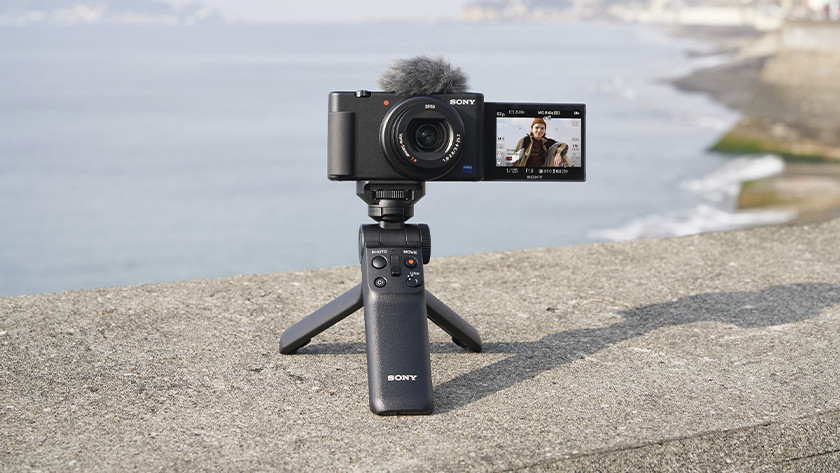
Sony ZV-1: 1 inch Exmor RS sensor
Thanks to the advanced 1-inch Exmor RS sensor from Sony, you can record detailed images in 4K resolution. The sensor technique ensures good noise reduction. In addition, the Camera has an aperture of f/1.8-f/2.8, which makes it light-sensitive. Thanks to the automatic exposure, the camera takes care of the lighting of your videos. If you move from a dark to a light space, it adjust the lighting right away.
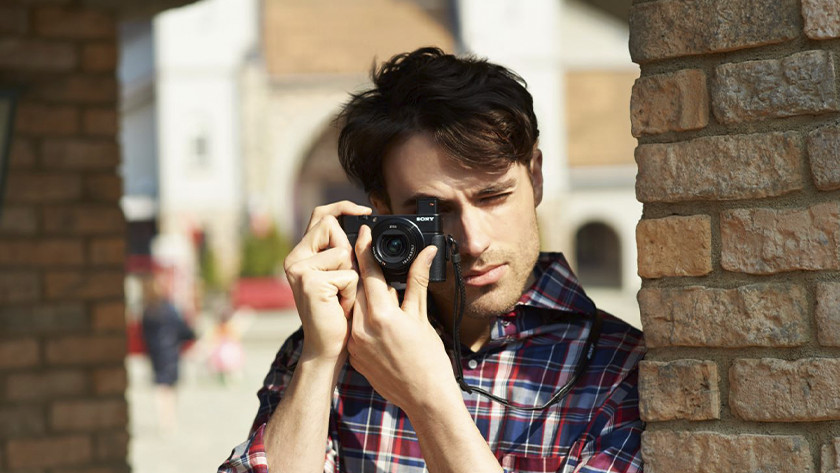
Sony DSC-RX100 III: 1-inch Exmor R sensor
The RX100 III also has a large 1-inch sensor, but with less advanced technology. This camera has an Exmor R sensor instead of an Exmor RS sensor. It still captures 4x more light than a standard sensor. As a result, you can take sharp photos and Full HD videos at dark locations. The Zeiss lens has an aperture of f/1.8-f/2.8.. Thanks to the large opening of the lens, the camera captures a lot of light.
Conclusion
Both cameras have a relatively large sensor and a light-sensitive lens which allow you to record images during daytime as well as night time. The ZV-1 with its horizontally tiltable screen and the Product Showcase Setting is a real vlog camera. You'll get a windscreen for the microphone to reduce noise from the wind. With the RX1000 III, you can also make vlogs and selfies with the tiltabe screen. This only folds out upwards, so it's in the way of an external microphone.




